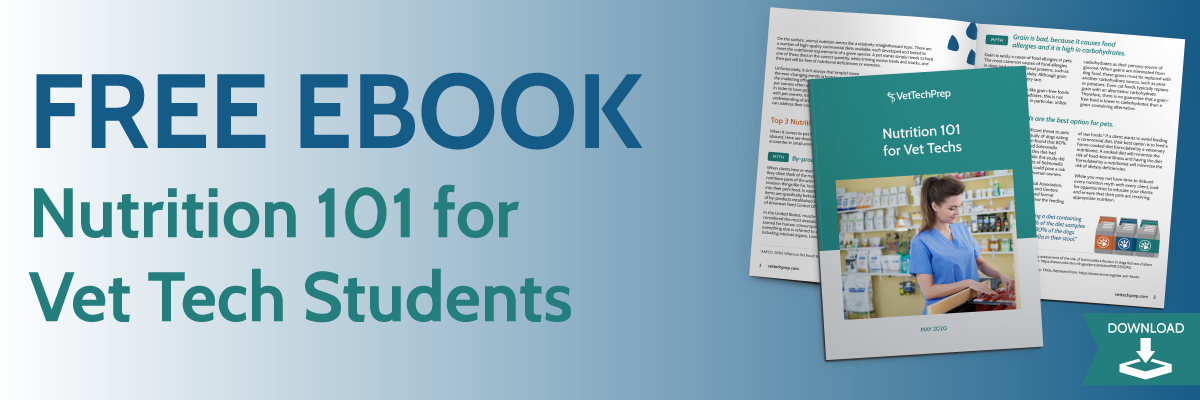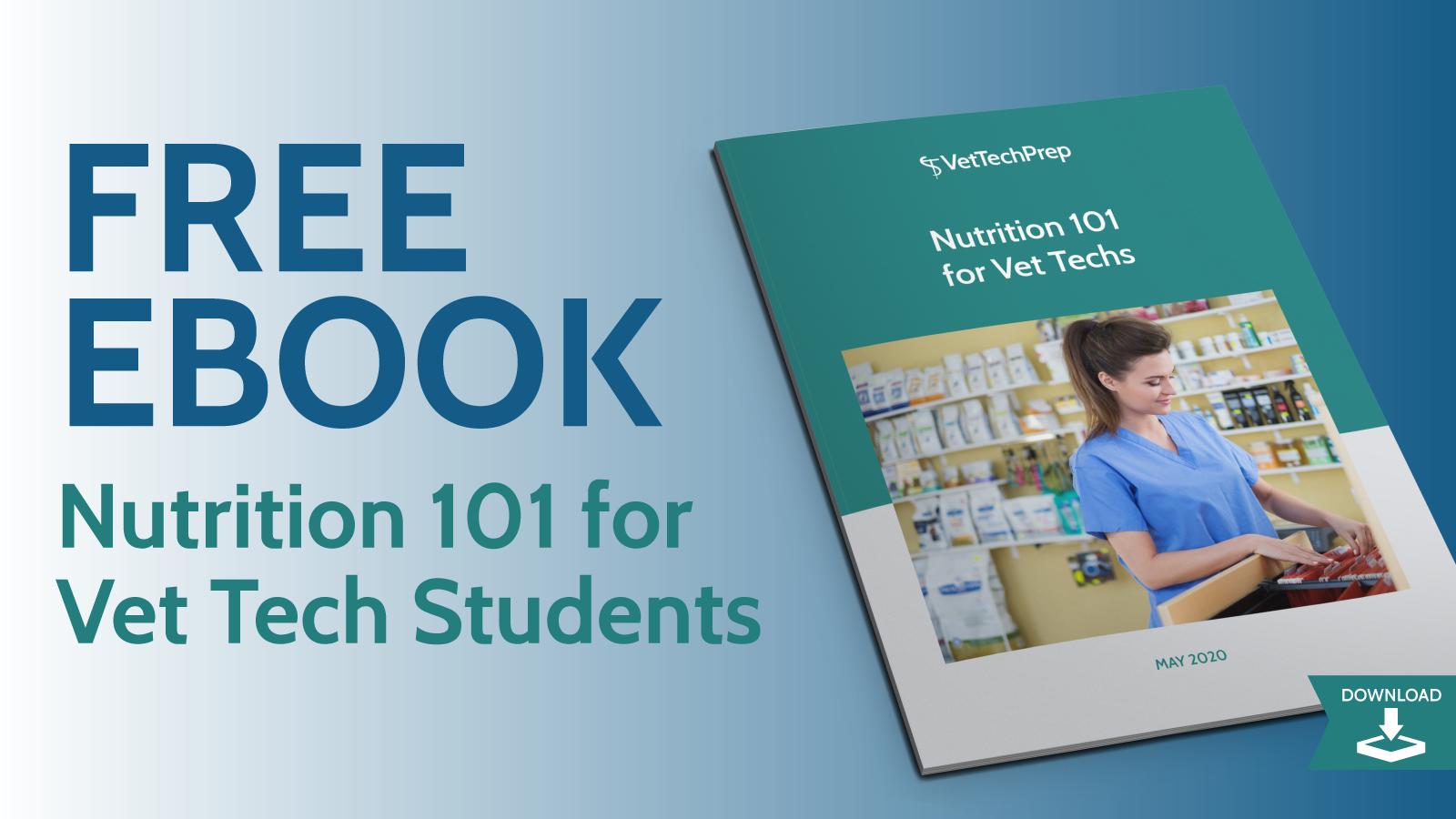
While most pets do well on any high-quality, over-the-counter commercial diet that is appropriate for their lifestage, some pets will benefit from a prescription diet. Prescription diets are specially formulated to mitigate a specific medical condition. These diets should be fed only under the supervision of a veterinarian; their formulation may not be appropriate for all pets.
There are a number of companies that produce prescription veterinary diets. Royal Canin® and Hill’s Prescription Diets® are the most commonly-utilized diets in most veterinary practices, but Purina ProPlan Veterinary Diets® and other manufacturers also produce prescription diets. While manufacturers differ slightly in which foods they produce and how these foods address a particular condition, they often offer comparable diets and the decision of which brand to use is ultimately up to the veterinarian.
The most common medical conditions addressed with prescription diets include the following:
Food Allergies
Pets with food allergies may experience either gastrointestinal signs or skin inflammation. Either type of food allergy can be treated with a prescription diet. There are two general categories of prescription diets used to manage food allergies, depending on the individual pet’s needs.
The most restrictive diets are hydrolyzed protein diets. These diets are processed in a manner that breaks dietary proteins into very small fragments, which are too small for the immune system to recognize. These diets are often beneficial for a food trial, but many clients find them expensive; therefore, they may not be practical for long-term feeding.
The other type of diet used to manage food allergies is limited-ingredient diets, formulated with protein sources that are less common. The use of a limited-ingredient diet to manage food allergies requires the owner to know which protein sources have been used in their pet’s previous diets, so that they can select a protein source that their pet has not been exposed to in the past. Prescription limited-ingredient diets are generally regarded as superior to over-the-counter limited-ingredient diets, because they are manufactured in a manner that minimizes the risk of cross-contamination.
Gastrointestinal Disease
Gastrointestinal diets are formulated to be highly digestible and low in fat and fiber. These characteristics minimize the effects of a variety of gastrointestinal diseases, including both acute and chronic conditions. In most small animal general practices, gastrointestinal diets are prescribed on a near-daily basis to manage acute colitis and gastroenteritis.
Hepatic Disease
Hepatic diets are formulated with low copper levels, moderate protein levels, and antioxidants to support liver function. Copper in hepatic diets is minimized for two reasons: some dogs develop liver disease secondary to copper accumulation (caused by a genetic abnormality), while other pets accumulate hepatic copper as a result of liver disease. Reducing dietary copper helps address both of these potential problems and is recommended for all pets with hepatic disease. Protein is limited to moderate levels, in order to minimize the metabolic load on the liver. Antioxidants reduce liver inflammation, which can slow the progression of disease.
Joint Disease
As dogs and cats age, they may be diagnosed with osteoarthritis or other joint diseases. Prescription diets contain glucosamine, chondroitin, omega-3 fatty acids, and antioxidants. Glucosamine and chondroitin improve the health of the pet’s cartilage, while omega-3 fatty acids and antioxidants decrease inflammation. Additionally, these diets are typically low in calories, combating weight gain that often accompanies age and mobility issues.
Renal Disease
Prescription renal diets are typically formulated to be calorie-dense, with low levels of protein, phosphorus, and sodium. These diets are also formulated to be rich in antioxidants and omega-3 fatty acids. Caloric density is important to offset the inappetance that is common in renal failure. Reduced protein levels decrease the filtration load on the kidney, reduced phosphorus delays the progression of kidney disease, and reduced sodium decreases the risk of hypertension. Antioxidants and omega-3 fatty acids reduce inflammation and limit ongoing damage within the kidney.
Urinary Health
In general, urinary diets serve two purposes: dissolution (of struvite stones) and prevention. Depending on the food manufacturer, the same diet may be used for both purposes or there may be two separate diets (one for dissolution, one for maintenance). Urinary diets used to address struvite and oxalate stones have low levels of magnesium, phosphorus, and calcium, all of which act as urinary stone precursors. Diets to prevent urate stones are formulated with low protein levels, which is the primary urate precursor. Urinary diets are also formulated to optimize urine pH and promote the production of dilute urine.
Weight Loss
Like over-the-counter weight loss diets, prescription weight loss diets are formulated with a low calorie content. The primary difference between prescription and over-the-counter weight loss diets, however, lies in the nutrient concentration. If a client reduces the quantity of their pet’s over-the-counter food drastically, to promote weight loss, the pet may experience deficiencies in certain nutrients. Prescription weight loss diets are formulated to provide higher levels of nutrients per calorie, to prevent deficiencies in pets consuming a low number of calories. Additionally, prescription foods may contain ingredients that increase a pet’s metabolic rate.
Talking to Clients About Prescription Diets
When recommending a prescription diet for a pet, take the time to explain the diet to your client. Clients are more likely to accept a diet recommendation if they understand why and how the diet will benefit their pet.
Additionally, provide your client with clear expectations. Is this diet intended for short-term or long-term feeding? Will they see an improvement in clinical signs, or is the diet intended to slow the progression or recurrence of disease? If an improvement in clinical signs is expected, how quickly should the improvement be seen?
Finally, encourage your client to ask questions. Ask them if they foresee any barriers to transitioning the food or to continuing on the food for as long as the veterinarian says is necessary. Brainstorm with the client to overcome as many concerns as possible, so that the client is less likely to give up if the food transition is not an easy one.
Setting realistic expectations and encouraging clients to ask questions can maximize the chances that your patient receives the therapeutic diet that it needs.




